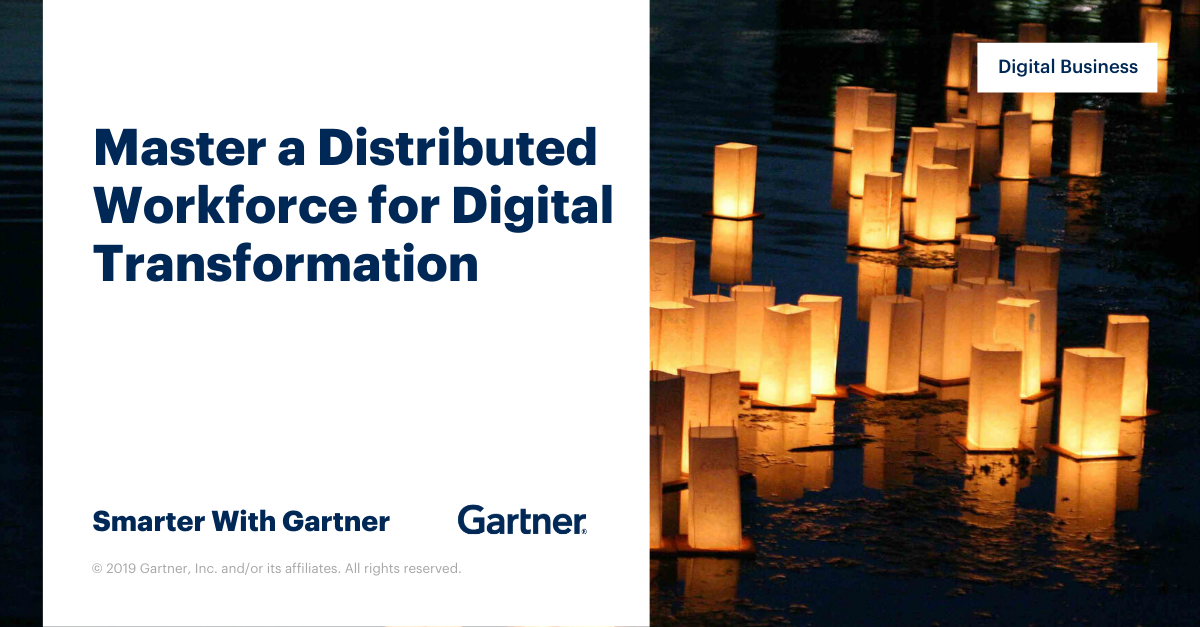The future of innovation requires a transformation of thinking
Most companies, our research suggests, should rethink their innovation systems and develop portfolios with a balance of innovation sources.
Open innovation is often thought of as an easier route to follow for larger organisations struggling to conjure up an internal culture agile enough to break free from the mental models that so often kill the willpower to break the rules and find more effective ways to transform effort into value.
But research now suggests that a combination of open and internal innovation is probably a better way to embed innovative thinking into an organisation.
'Most companies, our research suggests, should rethink their innovation systems and develop portfolios with a balance of innovation sources. They must treat external innovation as a way of broadening their portfolios, not as a substitute for internal innovation. Only then will they be able to execute the transformations that will allow them to win the digital future.'
More:


Now that lockdown has forced companies to have teams working remotely, it would be a shame to go through this enormous pain and then go back to the ways things were before the lockdown.
Companies were forced to digitally transform, so they might as well just put the hammer down and accelerate this shift into the future.
Here's how to make that new-normal more now-normal.
Read:


We all know there is a major problem with an over-abundance of data collection and a serious lack of actionable insights as a result.
Now research is suggesting too that the way that data is presented, generally by analytical data scientists, could also be innovated to be just that much more 'user-friendly'.
There is growing demand for 'data storytellers'.
“The skill of data storytelling is removing the noise and focusing people’s attention on the key insights,” explained Brent Dykes, a data strategy consultant and author of “Effective Data Storytelling: How to Drive Change with Data, Narrative, and Visuals.”
“Part of the skill is building narrative and revealing data in the proper order and sequence, and then there is the visualization piece,” Dykes said.
Adept data storytellers not only have good sensibilities for presenting data graphically, they are also able to synthesize the findings down to a core set of visuals that gets the point across in the most direct, succinct manner, he said.
More:




